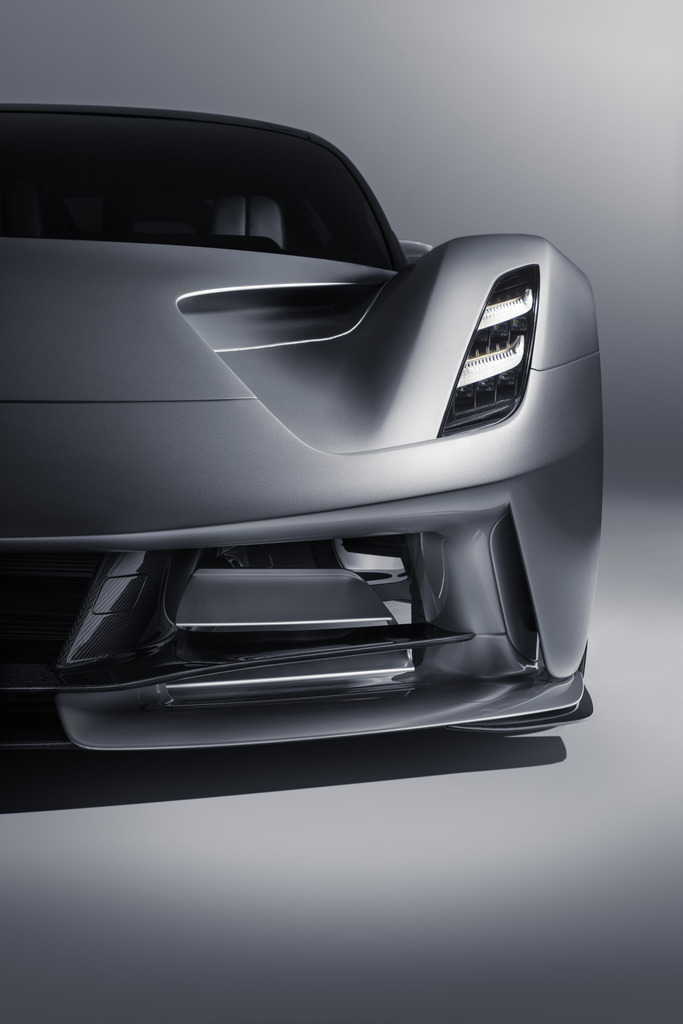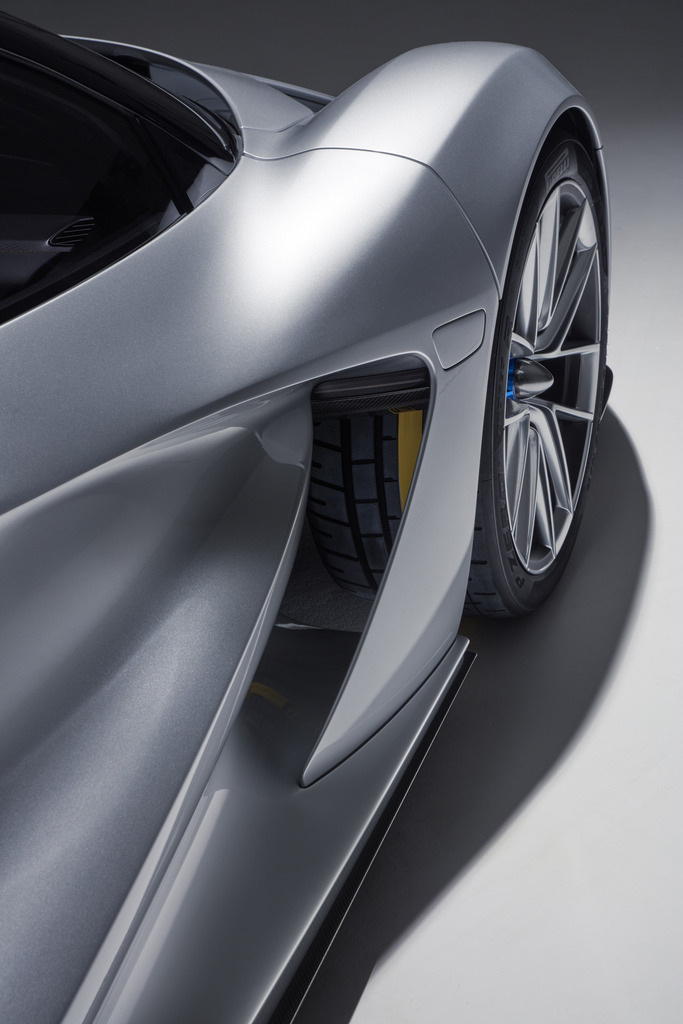When maximum performance is your goal everything must be considered, right down to the smallest detail. The aerodynamics team of Lotus share what they did to the Evija to give it unmatched performance.
It is easy to admit to the beauty of the Evija. But, more than this, is the research and development that has gone into designing a car that not only looks great, but also has performance to match. Owing to its unique design, this all-electric hypercar is capable of phenomenal levels of downforce that further the brand’s reputation at the forefront of performance developments in the automotive field.
The team at Lotus spoke with Richard Hill, Chief Engineer of Aerodynamics and Thermal Management, who has been with the company for more than 30 years, about the philosophy behind the Evija and why it is simply miles ahead of other sports cars.
What’s the overall philosophy behind the Evija’s aerodynamics?
It’s about keeping the airflow low and flat at the front and guiding it through the body to emerge high at the rear. Put simply, it transforms the whole car into an inverted wing to produce that all-important dynamic downforce.
How would you compare the Evija’s aerodynamic performance to that of a regular sports car?
It’s like comparing a fighter jet to a child’s kite.
Can you explain the car’s porosity in aerodynamic terms?
Most cars have to punch a hole in the air, to get through using brute force, but the Evija is unique because of its porosity. The car literally ‘breathes’ the air. The front acts like a mouth; it ingests the air, sucks every kilogram of value from it – in this case, the downforce – then exhales it through that dramatic rear end.
What role does that deep front splitter play?
It’s designed in three sections; the larger central area provides air to cool the battery pack – which is mid-mounted behind the two seats – while the air channelled through the two smaller outer sections cools the front e-axle. The splitter minimises the amount of air allowed under the vehicle, thus reducing drag and lift on the underbody. It also provides something for the difference in pressure between the upper and lower splitter surfaces to push down on, so generating downforce.
Are the Venturi tunnels through the rear quarters part of the porosity?
Yes, they feed the wake rearward to help cut drag. Think of it this way; without them the Evija would be like a parachute but with them it’s a butterfly net, and they make the car unique in the hypercar world.


What is the effect of the Evija’s active aerodynamics?
The rear wing elevates from its resting position flush to the upper bodywork. It’s deployed into ‘clean’ air above the Evija, creating further downforce at the rear wheels. The car also has an F1-style Drag Reduction System (DRS), which is a horizontal plane mounted centrally at the rear and deploying it makes the car faster.
Lotus pioneered the full carbon fibre chassis in Formula 1, and the Evija is the first Lotus road car to use that technology. How has that helped to guide the aerodynamics?
The chassis is a single piece of moulded carbon fibre for exceptional strength, rigidity and safety. The underside is sculpted to force the airflow through the rear diffuser and into the Evija’s wake, causing an ‘upwash’ and the car’s phenomenal level of downforce.
The Evija is set to be the world’s lightest EV hypercar. Does weight affect aerodynamic performance?
The car’s weight has no effect on overall aerodynamics. However, the lighter the car, the larger the percentage of overall grip is achieved through downforce and the lower the inertia of the car to change direction.
At Lotus, the focus is always on developing the aerodynamic performance which ultimately helps produce the world-class dynamic characteristics for which Lotus is renowned. The Evija is the most recent example of this, allowing Lotus to show it is a force to be reckoned with, and will be for the foreseeable future.
This article uses content taken from the Lotus Cars official website. To view the original article click here.


